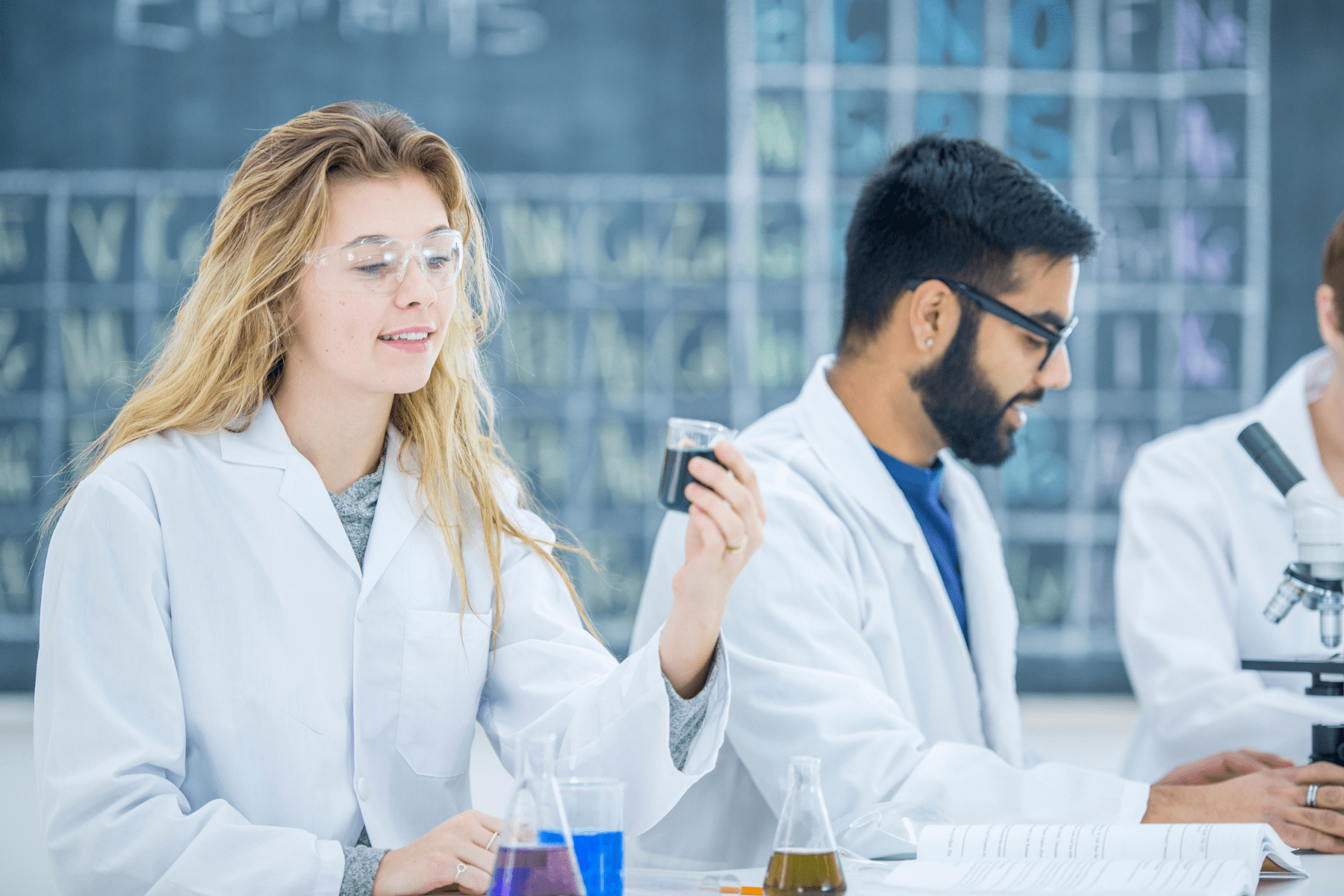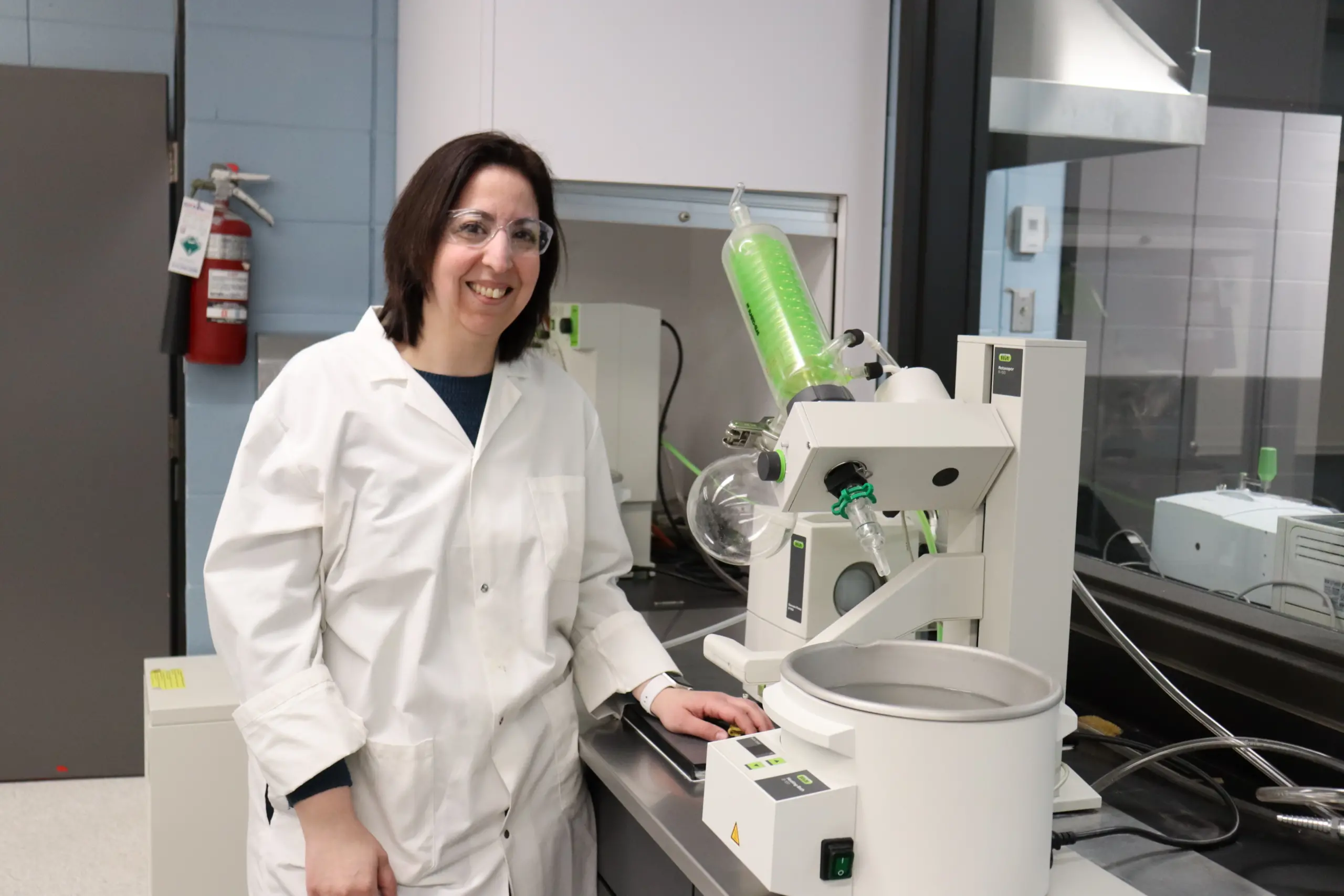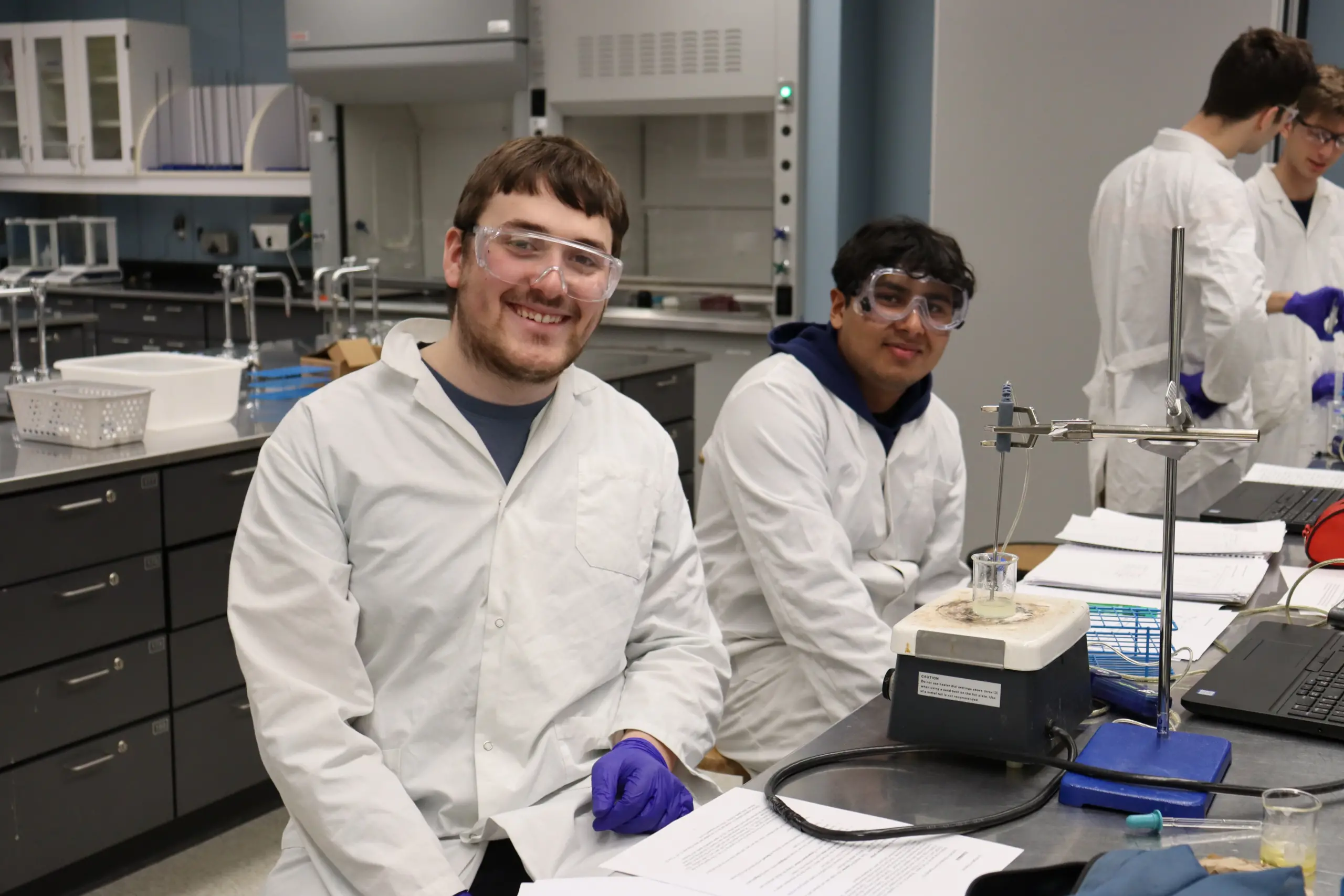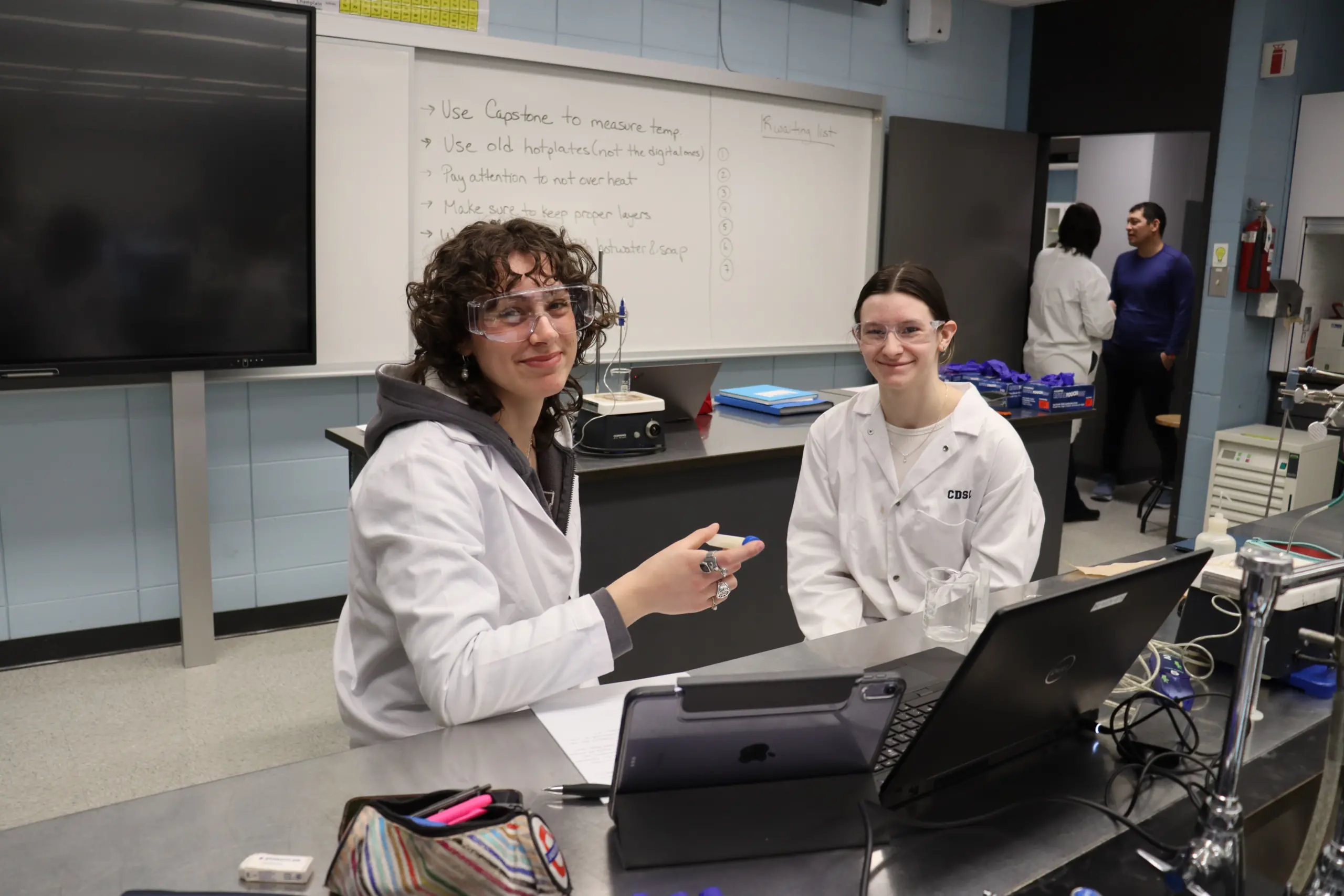About the Program
The pre-university Science Program at Champlain Saint-Lambert lays a solid groundwork for students aiming to further their studies in science-related fields at the university level. You will study scientific problems using a diversity of approaches and methods, the way professional scientists do. With courses offered in Biology, Chemistry, Computer Science, Mathematics, and Physics, you will gain an understanding of the natural world and the scientific skill set required to further your academic success, no matter where your interests take you.









